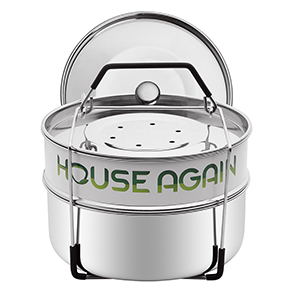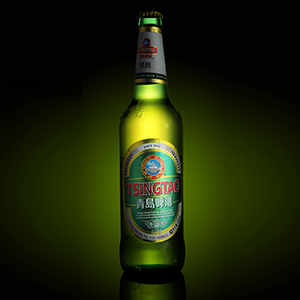In product photography, there are generally two approaches: quick e-commerce-style photography and high-end, detail-focused imaging. Each serves different needs depending on the product and the target platform.
E-commerce Photography for Taobao and Online Shops
One approach, commonly used for platforms like Taobao, is fast-paced photography. This style focuses on efficiency, capturing multiple angles quickly with minimal lighting setups. The purpose is to generate a series of product images that can be displayed on product pages, covering front, back, side, packaging, and material details. This method is highly cost-effective, suitable for e-commerce stores requiring large quantities of images.

High-End Product Photography for Brand Elevation
The second approach to product photography emphasizes quality and uniqueness. This high-end photography style involves analyzing the product’s characteristics—shape, texture, and purpose—before choosing the appropriate lighting and composition. Such images are crafted to convey a distinct sense of quality, making the product stand out. This method is often used for luxury items like watches or cosmetics, where reflections, light transmission, and material intricacies require advanced techniques in both shooting and post-production.
High-end photography is not only about using premium equipment but also about precise observation to uncover the product’s unique beauty. Photographers carefully select the most suitable lighting and angle to showcase the product’s best features. This process includes a thorough assessment of the product’s characteristics to determine the best setup for high-end, mid-range, or lower-end products.

Professional Techniques and Equipment Considerations
When executing high-end product photography, professional techniques are essential. Photographers often use soft screens instead of softboxes or umbrellas to achieve controlled lighting effects. Details matter: wearing white cotton gloves prevents fingerprints on delicate surfaces, and paying attention to shadows enhances the overall aesthetic. Some shadows can add texture, while others may distract from the product’s appeal.
Choosing the right equipment and techniques for each product is key to successful photography, ensuring the final images meet the client’s expectations and effectively represent the brand.